The inherent dissimilarities between men and women are fundamentally rooted in their genetic composition. Males possess one X and one Y chromosome, while females carry two X chromosomes, resulting in numerous distinctions in physical and emotional attributes.
Women exhibit a unique sex hormone, estrogen, while men predominantly express testosterone, contributing significantly to these variances. Estrogen not only preserves women’s characteristic body shapes but also modulates their responses to external stimuli, governs neurotransmitter synthesis, and oversees neuronal function within the brain. These processes differ in men, particularly concerning the regulation of a class of neurotransmitters called catecholamines, which undergo degradation by the enzymes MAO and COMT.
Empirical evidence indicates that estrogen in women diminishes the activity of both enzymes by approximately 30%, leading to elevated catecholamine neurotransmitter levels compared to men. As a result, these differences influence female behavior, rendering women more prone to anxiety and stress than their male counterparts.

Estrogen level fluctuations can provoke detrimental internal and external repercussions in women. These oscillations may arise from diverse factors, such as genetic predisposition, contraceptive chemicals, stress, infections, compromised immunity, and cellular degeneration due to extended exposure to free radicals.
To address these concerns effectively and sustainably, solutions must target the underlying causes and deliver comprehensive support. Restoring a healthy estrogen balance without engendering adverse side effects or recurrences should be achievable.
The Durascience™ Research Institute in the U.S.A. has pioneered a scientific principle dedicated to revitalizing women’s vitality, known as W.B.M™ (Women Balance Matrixes).
W.B.M™, the constituent responsible for rejuvenating female vitality, operates from an internal foundation. It derives from adequate revitalization, which manifests through emotional and physical responses and is engineered to endure over prolonged periods. Nevertheless, conventional treatments alone prove inadequate for reinstating a woman’s holistic well-being, allowing her to appear and feel her best. Consequently, a potent amalgamation of advantageous elements is essential to facilitate the process.
Genetic determinants play a crucial role in modulating estrogen levels within the body. Estrogen imbalances, characterized by excessively high or low levels, directly impact the functionality of the female reproductive system. The liver is instrumental in estradiol metabolism, with primary organs such as the ovary responsible for estrogen production. Following absorption into the bloodstream, estrogen undergoes filtration in the liver. A range of enzymes, including Cytochrome P450 (CYP) 2B1, 1A, and 3A, Catechol-O-Methyltransferase (COMT), Monoamine Oxidase A (MAO-A), Sulfotransferases (SULTs), and Glucuronyl Transferases (UGTs), eliminates excess estrogen, thus maintaining optimal levels in the bloodstream. A unique gene regulates the synthesis of these enzymes in each woman’s body, with individual gene expression patterns determining estrogen levels and, consequently, the distinctive morphology and function of organs.
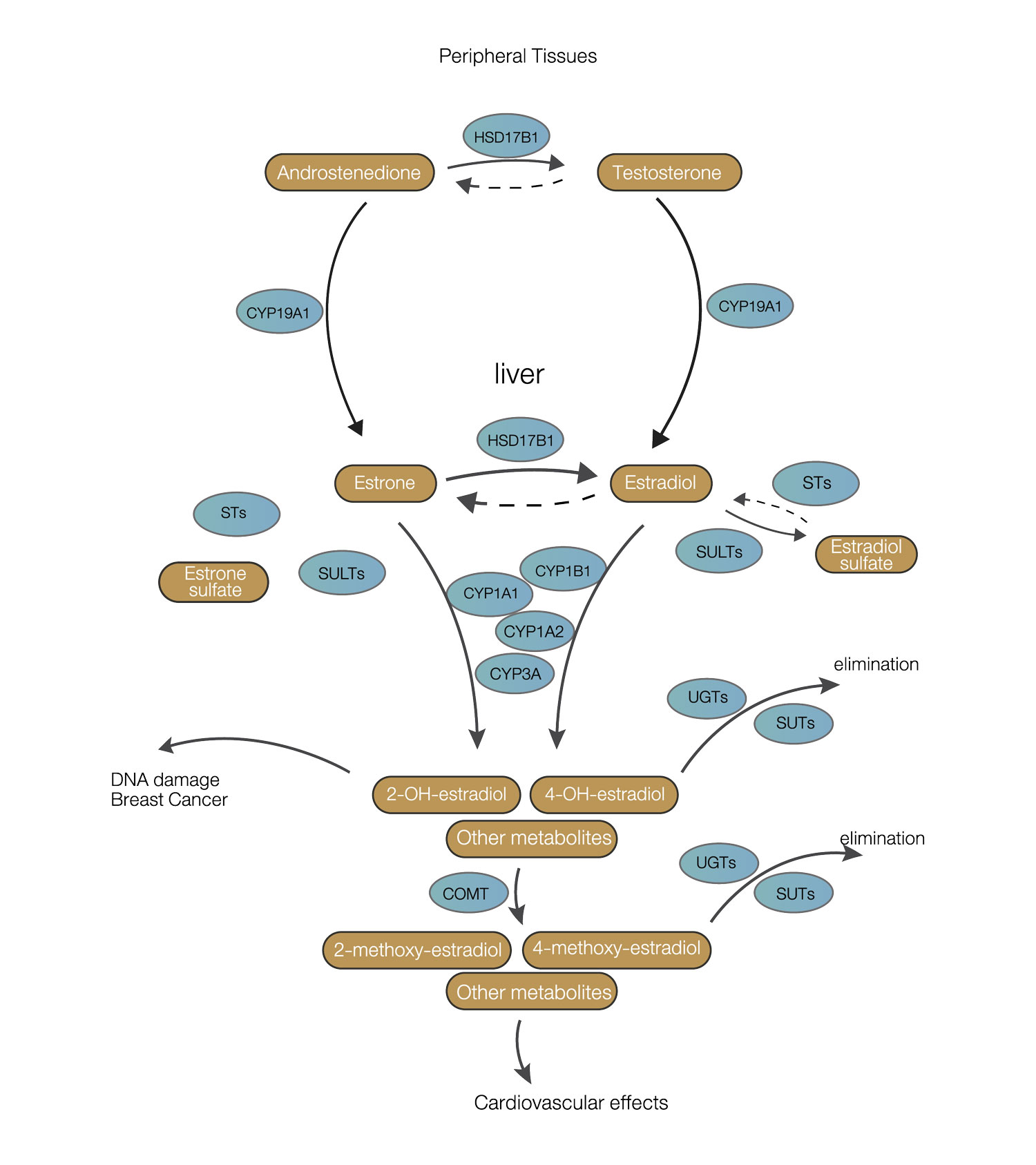
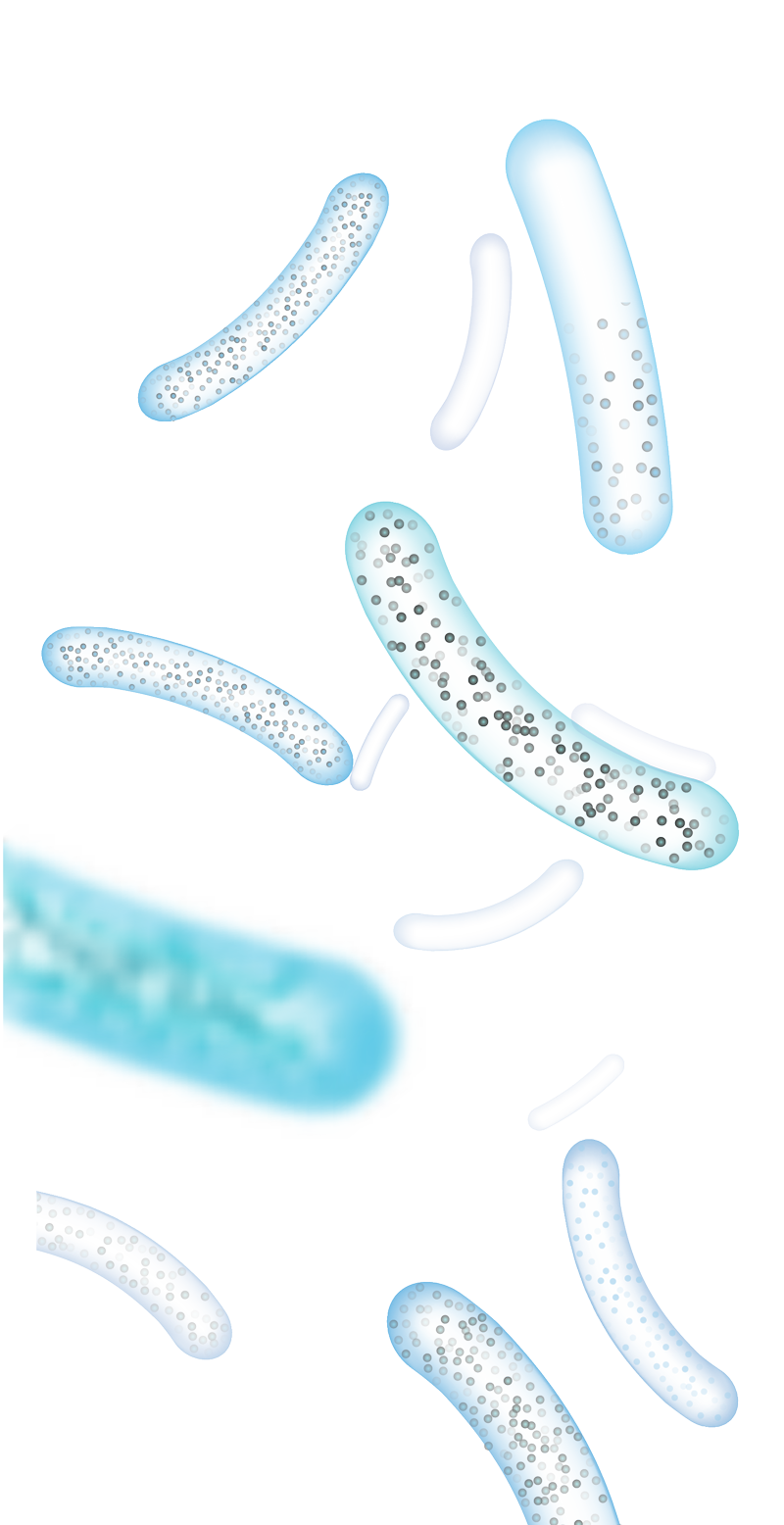
Extensive scientific research highlights the gut microbiome’s direct impact on the digestive system’s performance. GALT (Gut-Associated Lymphatic Tissue) stimulates the immune system and facilitates nutrient absorption via the digestive system. Moreover, studies have demonstrated a link between gut flora and estrogen balance. Specific digestive system microbes can acquire conjugated estrogen from the liver, transporting the hormone to the intestines and kidneys for elimination. The ß-Glucuronidase enzyme, present in these bacteria, reactivates estrogen prior to reabsorption in the gastrointestinal tract and bloodstream. Estrobolome refers to the bacterium capable of reactivating estrogen. Factors such as high-carbohydrate food consumption can disrupt gut microbiome balance.
Nutrients directly modulate estrogen balance by preventing estrogen dominance or deficiency, both of which exert negative short-, medium-, and long-term effects on physical and mental health. Essential nutrients for maintaining estrogen equilibrium include:
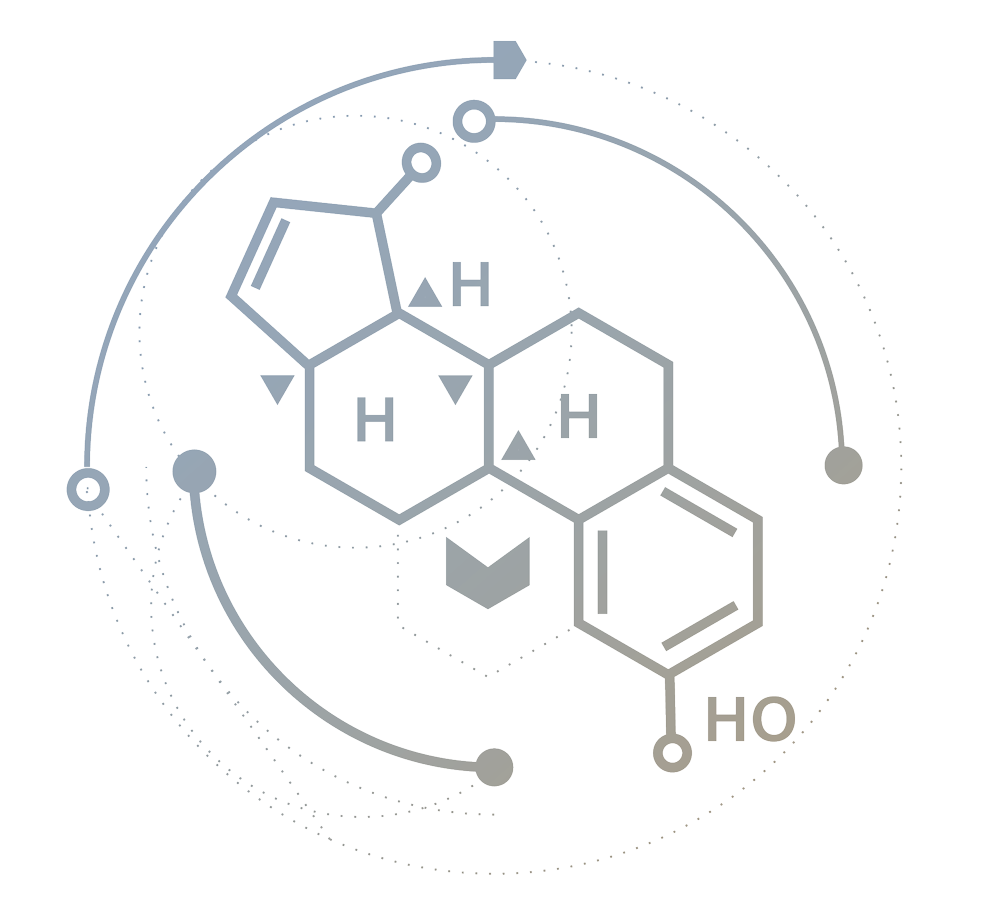
3.1) DIM (Diindolylmethane): A compound found in broccoli and cauliflower, DIM possesses a unique active property as a mild estrogen hormone, enabling it to regulate estrogen levels, prevent estrogen dominance, and eliminate surplus estrogen from the body.
3.2) Calcium D-Glucarate: This nutrient aids in the removal of excess estrogen by inhibiting ß-Glucuronidase enzyme activity. Calcium D-glucarate is abundant in various vegetables, such as beans and cabbage.
3.3) Phytoestrogens: These polyphenolic compounds, originating from diverse plant sources, bind to estrogen receptors (ER) and facilitate proper system functioning. Isoflavones, the most common phytoestrogens, help regulate estrogen hormones to appropriate levels.
3.4) Magnesium: This mineral plays a critical role in enabling the liver to flush out excess estrogen. Magnesium-rich foods include bananas, leafy greens, avocados, pumpkin seeds, almonds, and dark cocoa.
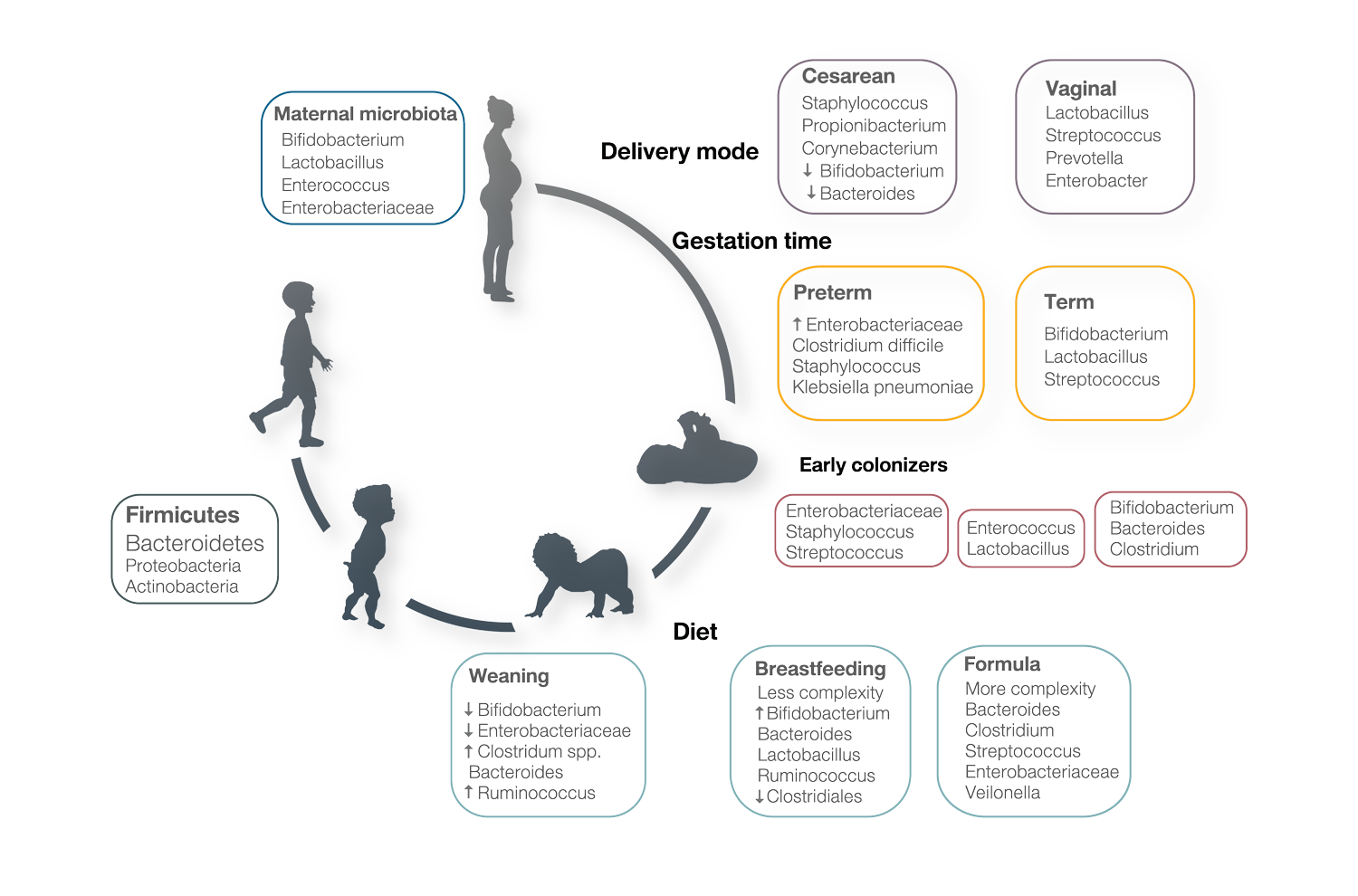

Human cells are invariably exposed to free radicals, such as ROS (Reactive Oxygen Species) or RNS (Reactive Nitrogen Species), originating from standard cellular metabolism and external factors like chemicals, food, and pollution. Over time, free radicals accumulate, inducing reactive stress. The build-up of free radicals damages proteins, fats, and DNA within the body’s cells, leading to cellular degeneration, dysfunction, and severe illnesses such as estrogen imbalance and regression in the female reproductive system. A potent antioxidant system can augment the functionality of cells responsible for hormonal production.
During childhood, the female body primarily relies on estrogen and progesterone, which are responsible for generating androgens, a type of testosterone. As girls reach puberty, adequate estrogen levels are essential for physical development and bone growth. Inheritance of genetic traits from parents significantly impacts the production and cell response to female sex hormones. Research has demonstrated that SHBG (Sex Hormone-Binding Globulin) plays a critical role in the distribution of estrogen to target cells, with its concentration or quality determined by up to 50% genetics.
Menopause signifies the female transition into old age, with genetics affecting the endocrine system and the female body during this period. Recent discoveries of chromosomes associated with menopause age have enhanced our understanding of genetics’ role in menopause onset.


Breast milk is crucial for infants, nourishing the body and supporting gut microbiota development. A balanced gut microbiota ensures healthy hormonal balance during puberty and adulthood. Gut bacteria directly impact metabolism, which converts food and energy into essential nutrients like proteins, lipids, nucleic acids, and carbohydrates.
The female system relies heavily on gut bacteria for optimal functioning, with balanced gut bacteria benefiting menopausal women by reducing the risk of osteoporosis, obesity, and breast cancer.
Proper nutrition is vital for supporting endocrine gland function in female children, enabling the production of various hormones necessary for complete development. The female body’s endocrine glands, ovaries, and adrenal glands produce estrogen, requiring adequate nutrients and vitamins for effective hormone production.
The adult female body needs various nutrients to maintain a healthy hormonal balance, including vitamin A, vitamin B, folic acid, iodine, selenium, zinc, fatty acids, and omega-3. Iodine deficiency or prolonged absence increases the likelihood of estrogen imbalances and breast tumors.
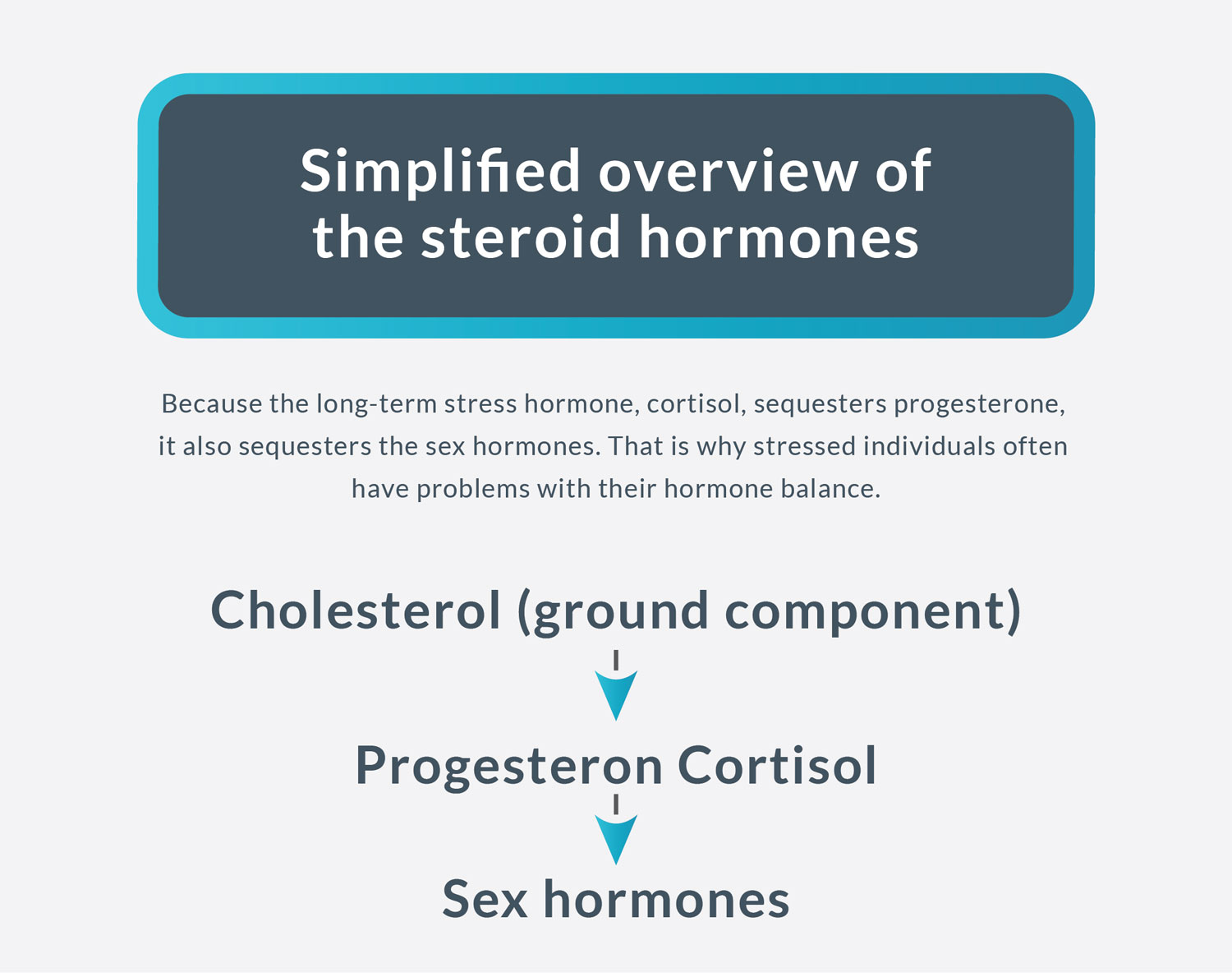

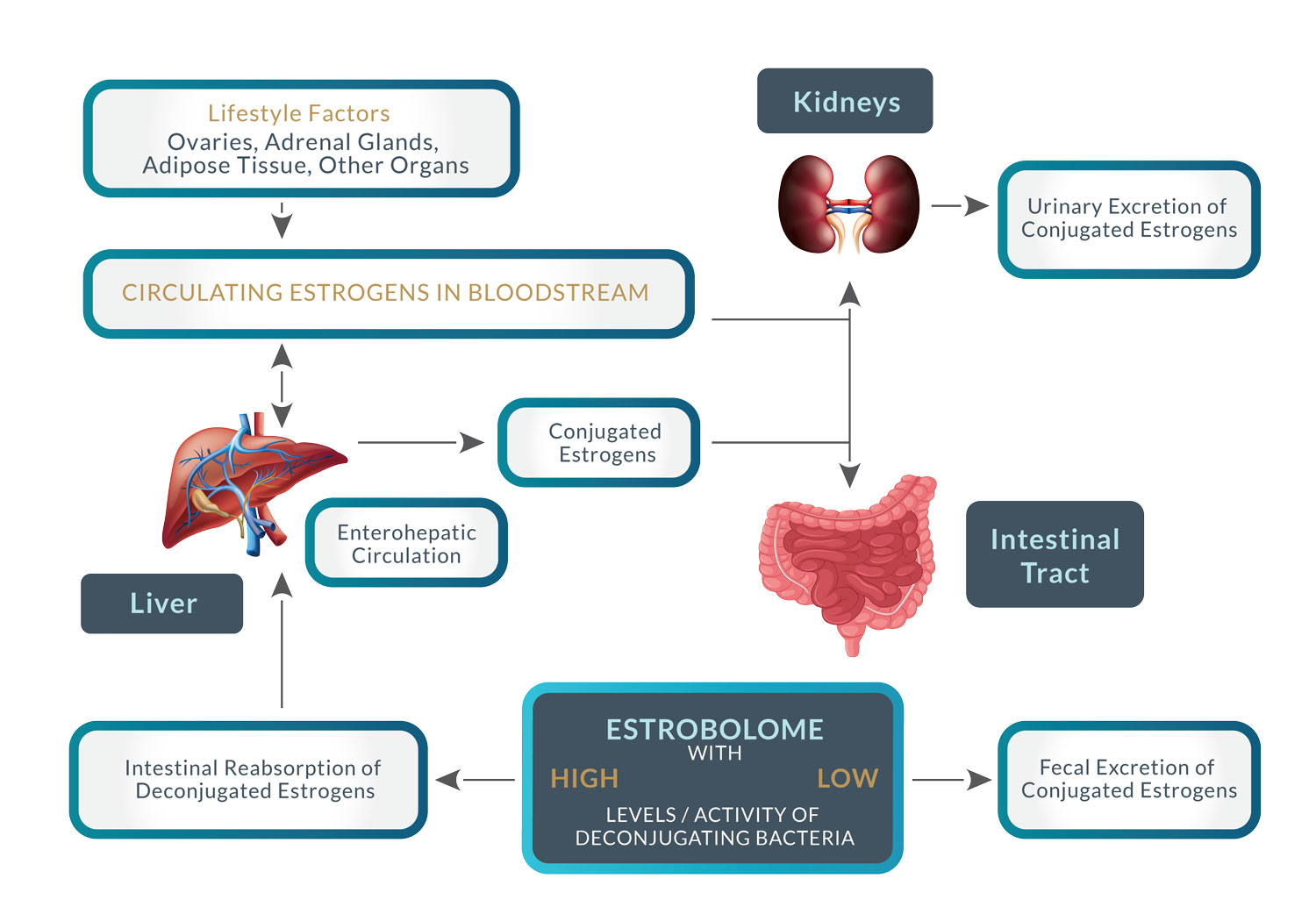

During childhood and adolescence, the female body is exposed to pollutants and chemicals that damage cells, classified as free radicals. The body has an antioxidant system to protect itself from these harmful agents, with antioxidants being most effective during childhood when cells are still developing. A well-functioning hormone system ensures normal physical changes in girls as they enter puberty.
In adulthood, the female body continues to be exposed to free radicals that cause oxidative stress, damaging proteins, fats, and DNA within cells. This damage leads to cell degeneration, impaired cell function, and the development of serious diseases such as estrogen imbalance and regression in the female reproductive system. Therefore, bolstering the body’s antioxidant system through the consumption of antioxidant-rich foods plays a crucial role in promoting cell function and maintaining hormonal balance. For menopausal women, strengthening the immune system by eating antioxidant-rich foods is particularly important, as they are at higher risk of serious diseases such as diabetes, high blood pressure, stroke, heart disease, and cancer.
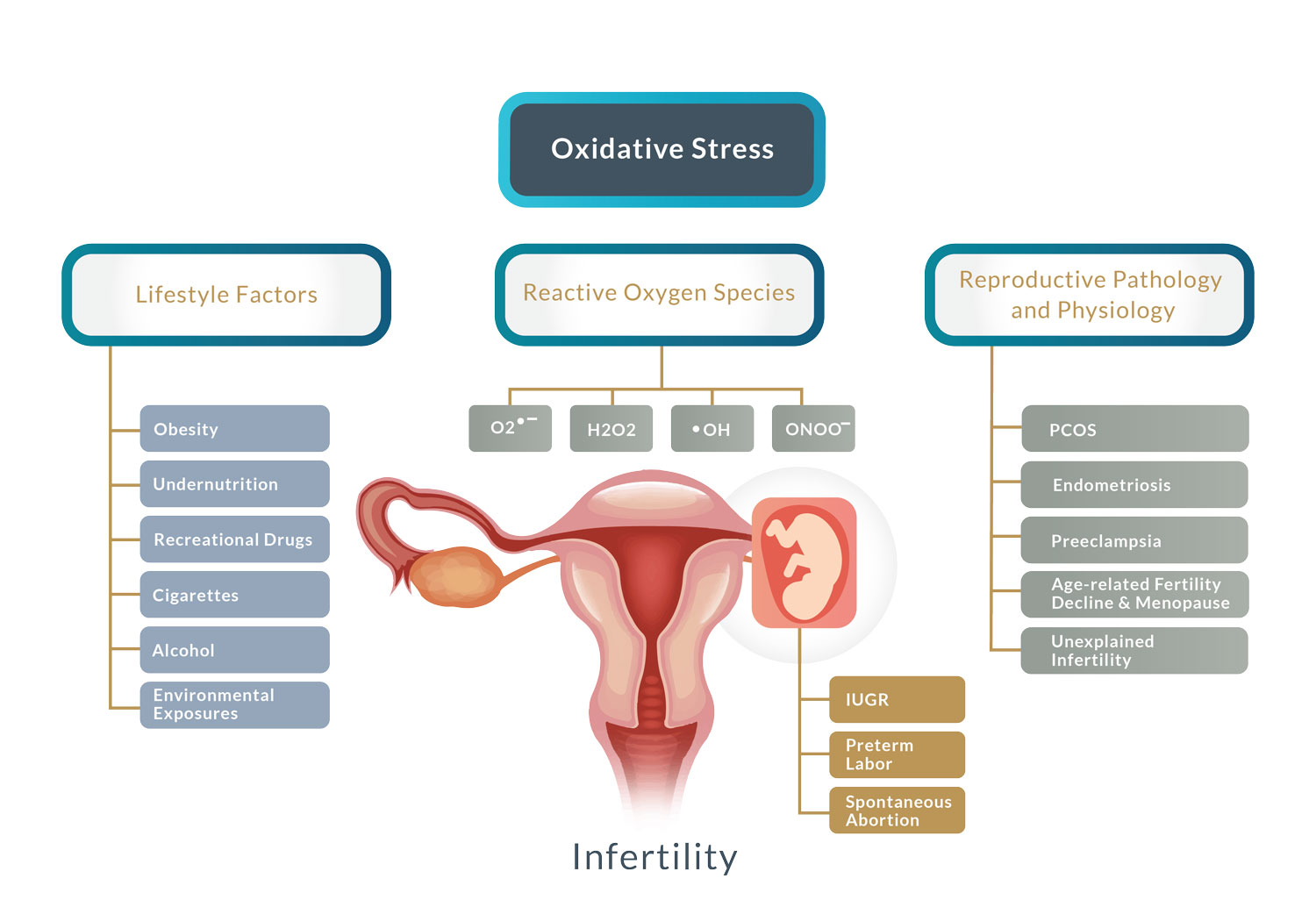

The Consequences of W.B.M™ Component Deficiency
In young females, dysfunctional body systems can arise from inherited abnormal genetic traits or genetic disorders. These encompass the endocrine system, which is responsible for generating sex hormones facilitating sexual development during female puberty. Disruptions to the endocrine system, resulting in aberrant sex hormone production, can culminate in Sexual Development Disorders (DSD). Recent investigations have identified numerous genetic anomalies associated with DSD.
In adult females, genetic irregularities may precipitate mild or severe endocrine disorders, such as Premature Ovarian Failure (POF). POF is typified by erratic menstruation, infertility, vaginal dryness, hot flashes, night sweats, and rapid mood fluctuations, and is attributable to genetic abnormalities.
Women undergoing premature or delayed menopause are predisposed to exacerbated complications. Late menopause amplifies breast cancer risk, while premature menopause correlates with an increased probability of developing dysfunctional vascular and heart diseases. As a result, women inheriting genetic defects from parents or ancestors are more vulnerable to premature or postponed menopause, which can influence overall bodily functions.
Gut microbiota imbalances in young females can impair digestive system function, culminating in chronic inflammation that extends to vital organs such as the brain, liver, and endocrine systems. Inflammation in these organs can disrupt the production of female sex hormones like estrogen during puberty, leading to atypical growth plate alterations in long bones and resulting in short stature.
Adult females also necessitate a balanced gut microbiome for optimal bodily function regulation. Gut microbiota imbalances can adversely affect the digestive system, inducing chronic inflammation that extends to vital organs, including the endocrine system. Inflammation in the endocrine system can disrupt female sex hormone production, resulting in estrogen dominance or deficiency.
As women approach menopause, vigilance regarding bacterial imbalances becomes increasingly vital, as these imbalances can significantly impact their bodies and prompt abnormalities to emerge prematurely.


The intake of essential nutrients for girls should be moderate, as excessive or insufficient nutrients can adversely affect endocrine system function, resulting in abnormal hormone production, bone growth, and feminine characteristics during puberty.
For adult and elderly individuals, acquiring the appropriate amount of essential nutrients remains crucial but should be moderated. Nutrient intake imbalances can disrupt the endocrine system’s capacity to produce sex hormones normally, elevating the risk of estrogen dominance or deficiency.
Sustained irregular inflammation in the body, regardless of age, can provoke endocrine system dysfunction, disrupting the abnormal production of sex hormones and culminating in unusual sexual characteristics. This can also result in estrogen imbalances, such as estrogen dominance or deficiency.



Practical Solutions for Female Health and Well-being
Numerous studies have explored the connections between gene disorders associated with estrogen function and the prevalence of female reproductive system diseases, such as breast cancer risk. However, further research is required before these findings can be effectively incorporated into real-world medical treatments.
Incorporating prebiotics and probiotics into one’s diet can help maintain a balanced gut microbiome in the digestive system. Prebiotics, consisting of nondigestible polysaccharides and dietary fibers, promote gut bacteria growth and facilitate a favorable environment for the gut microbiome. A balanced gut microbiome enables the metabolic system to efficiently break down nutrients for healing and fortifying the body.
Essential nutrients contribute to the synthesis of high-quality hormones. Sex hormone levels undergo significant fluctuations during puberty, necessitating fiber-rich, nutrient-dense diets containing DIM (Diindolylmethane), Calcium D-Glucarate, Magnesium, and Isoflavones found in various legumes. Moderate consumption of these nutrients can help maintain healthy sex hormone production.


For women seeking to preserve their youthfulness, supporting the body’s natural defenses against free radicals with antioxidant supplementation is crucial. Antioxidants help safeguard body cells from premature degeneration and sex hormone dysfunction. Antioxidants are categorized into two types: enzymatic and non-enzymatic antioxidants.


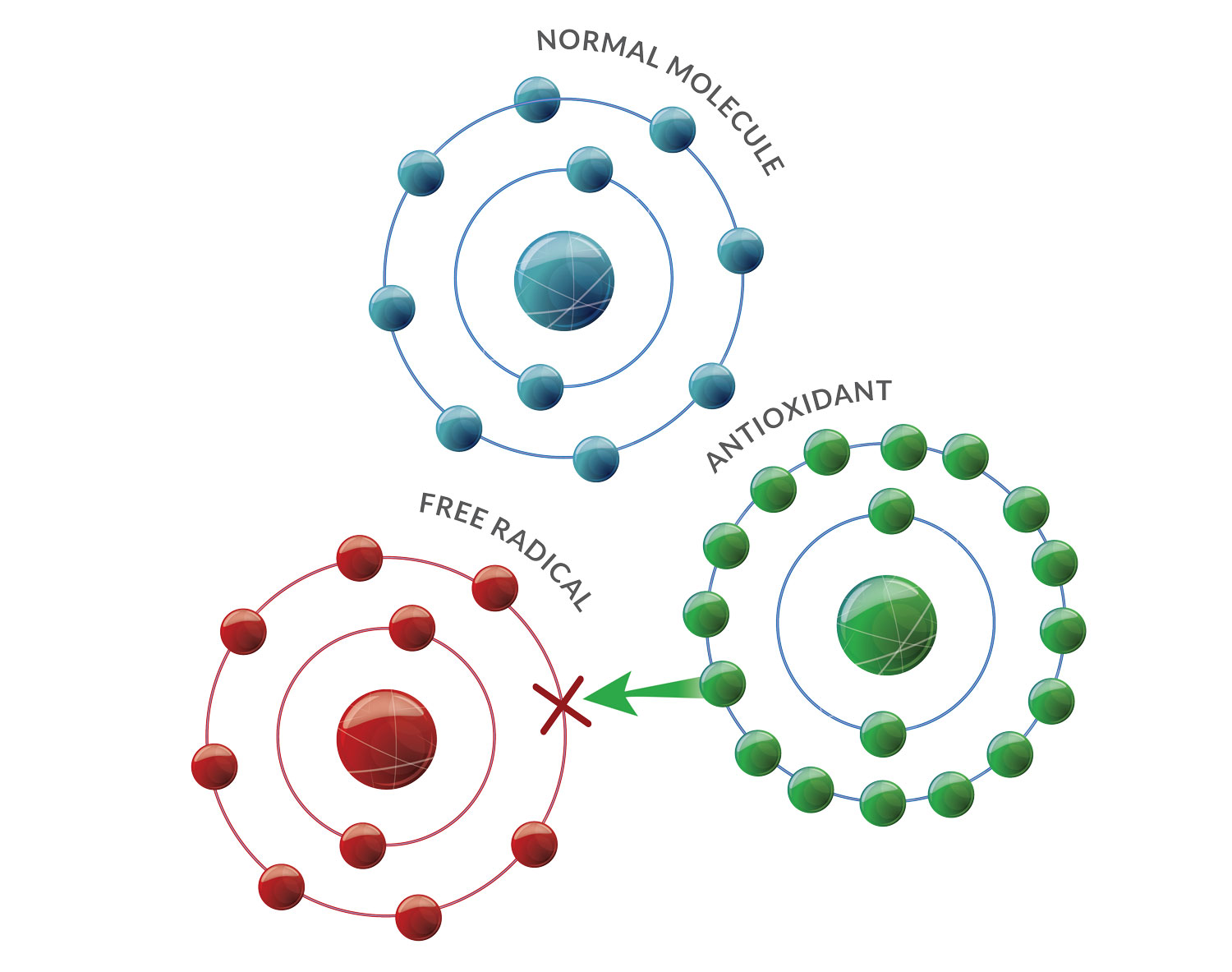

Enzymatic Antioxidants, such as Superoxide Dismutases (SODs), Catalase, and the Glutathione System, fulfill enzymatic functions.
Non-enzymatic Antioxidants include Ascorbic Acid (Vitamin C), Glutathione, Melatonin, Tocopherols and Tocotrienols (Vitamin E), Carotenoids, Flavonoids, and Uric Acid.
The regular consumption of antioxidant-rich foods helps diminish the quantity of harmful free radicals that can disrupt bodily systems and damage cellular DNA.
Aging inevitably affects our bodies, with factors such as genetic defects, gut microbiome imbalances, reduced sex hormone production, and daily exposure to free radicals contributing to the decline of women’s physical beauty.
Durascience™ has developed the W.B.M™ (Women Balance Matrixes) to restore female youthfulness, revitalize self-confidence, enhance appearance, and maintain balanced hormone systems. Beauty is highly regarded among women, who often endeavor to maintain a youthful appearance. While men may not fully comprehend the emotional fluctuations induced by hormonal changes, supporting overall hormonal balance and well-being is essential for women of all ages.
